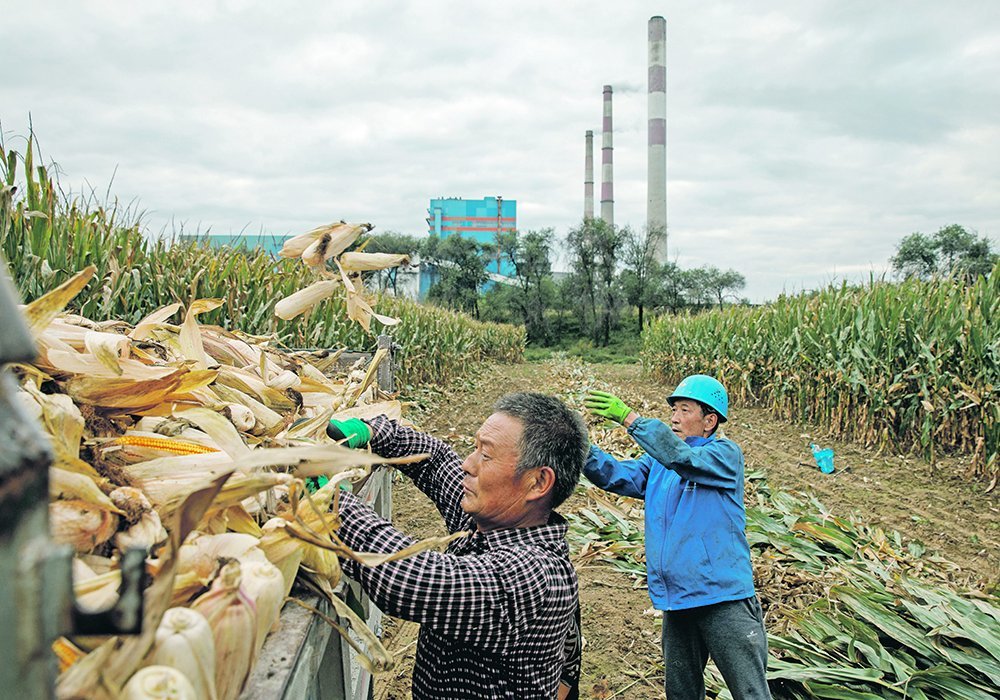China backs away from ethanol commitment

China’s ethanol consumption continues to fall well short of the government’s 10 percent blend mandate.
The blend rate in 2021 is forecast at 2.1 percent, according to a recent report by the United States Department of Agriculture’s Foreign Agricultural Service.
China declared in 2017 that it was moving to a nationwide E10 ethanol mandate by the end of 2020.
The announcement created a stir in the U.S. corn market because much of the mandate was expected to be met by imported U.S. ethanol.
But the Chinese government unofficially abandoned its objective in 2019 as high corn prices and stagnant ethanol prices eroded biofuel profit margins in China.
“China’s ambitious E10 plan never had viability and at this stage will never truly be adopted though the goals and policies may stay on the books,” said the FAS.
The report indicated that there is still work going on at the city and provincial levels to boost existing mandates and nationally the government seems to still have some scaled-back ambitions to boost consumption.
“Industry contacts have shared rumors that the People’s Republic of China may eventually move unofficially from the E10 to an E5 mandate in coming years,” said the FAS.
In the meantime, northern corn-producing provinces have slowed or abandoned construction of new plants while southern provinces continue to import ethanol when the price is right.
Ethanol consumption in 2021 is estimated at 4.2 billion litres, a far cry from the 20 billion litres that would have been consumed under an E10 mandate this year.
Corn is the top feedstock for China’s ethanol sector, followed by rice, cassava and wheat.
The country’s production plants are expected to consume 4.07 million tonnes of corn in 2021.
If the feedstock ratios stayed the same they would have consumed almost five times that amount under an E10 mandate, which would have had profound implications for world corn markets.
A nationwide E5 mandate would still result in a substantial increase in domestic corn use and also imported ethanol, largely from the U.S.
But according to Brian Healy, director of global ethanol market development with the U.S. Grains Council, there will not be a nationwide E5 policy.
“It would be a few additional provinces that would go E5,” he said.
That would still result in an incremental increase in Chinese corn consumption and more imports of U.S. corn-based ethanol.
It wasn’t that long ago that U.S. ethanol was shut out of the Chinese market due to import tariffs amounting to 70 percent. Those have since fallen to 45 percent and some U.S. ethanol is now moving to that market.
The U.S. shipped about 500 million litres of the fuel to China in the first 11 months of 2020-21.
China is forecast to produce 3.4 billion litres of ethanol in 2021, making it the world’s fourth largest producer of the commodity behind the U.S., Brazil and the European Union.
It will need to import another 800 million litres of the product to meet estimated consumption levels.
The FAS said China’s biofuel policy is not driven by environmental goals as it is in other countries.
The motivating factor was using ethanol production as a means to draw down the government’s plentiful corn stocks, which were built up in an effort to support corn prices and farmer incomes.
But corn stocks have been depleted due to poor Chinese crops and healthy consumption by the livestock sector and other industries, reducing the need for ethanol production and the policies that support it.
“Provincial authorities have not renewed processing subsidies since 2019 as government commitment to supporting the biofuel industry has waned with corn stocks depleted,” said the FAS.
Healy pointed out that even though blending rates are down from the high of 2.8 percent ten years ago, total consumption is up about 1.36 billion litres over that period due to rising gasoline consumption in the country.
He said China is going to continue to be a key market for ethanol because it is the world’s second largest gasoline consumer behind the U.S.
Chinese President Xi Jinping recently committed to having China’s carbon dioxide emissions peak by 2030 and for the country to be carbon neutral by 2060.
Healy believes ethanol could be a leading contributor to meeting both of those objectives. However, the FAS pointed out there has been no mention yet of using biofuels to help achieve those goals.
Contact sean.pratt@producer.com
Source: producer.com

